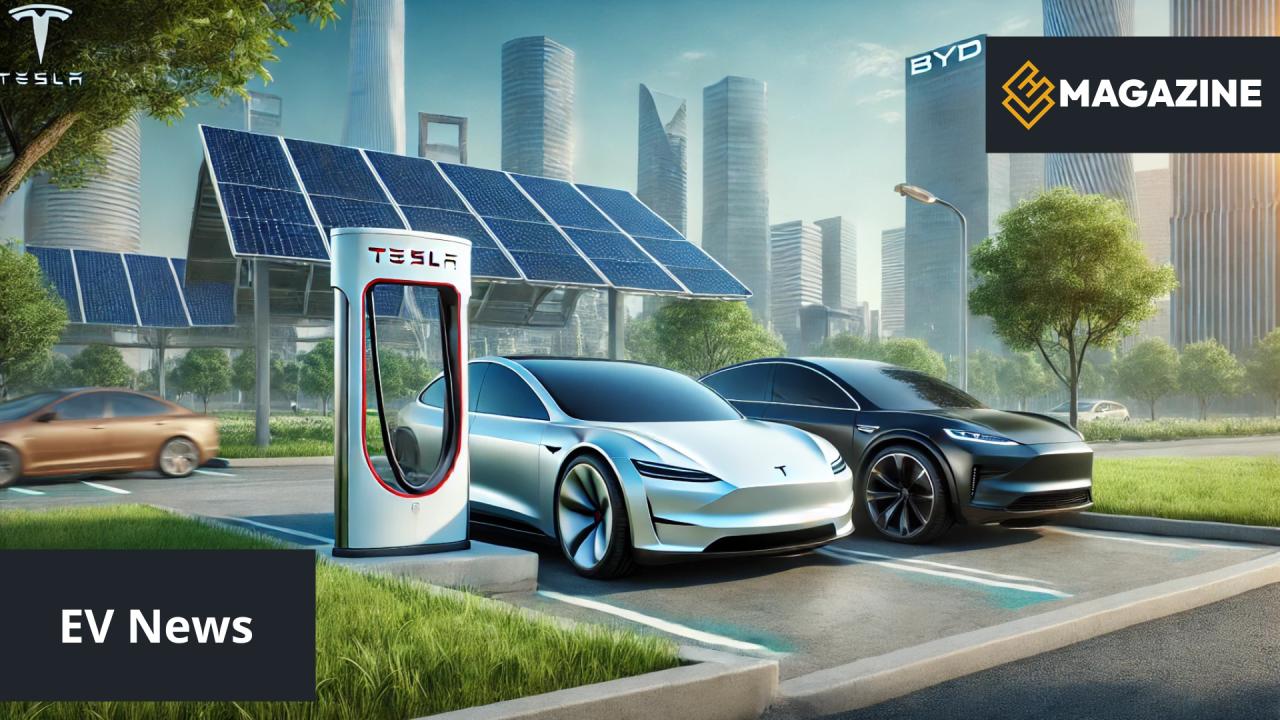In a groundbreaking demonstration of its Full Self-Driving (FSD) capabilities, Tesla has implemented an unsupervised autonomous system at its Fremont factory, showcasing the potential for revolutionizing industrial logistics and automotive operations.
Revolutionizing Factory Operations with FSD Technology
Tesla has achieved a significant milestone in autonomous vehicle technology by successfully implementing unsupervised vehicle movement within its Fremont factory premises. The company's vehicles can now independently navigate from the production line to designated parking areas without human intervention, marking a substantial leap forward in industrial automation.
This development represents more than just a technological achievement; it's a glimpse into the future of automotive manufacturing and logistics. The implementation demonstrates how advanced AI and autonomous systems can streamline operations in controlled industrial environments.
Understanding Tesla's Full Self-Driving System
Tesla's Full Self-Driving (FSD) technology represents the cutting edge of autonomous vehicle capabilities. Unlike traditional driver assistance systems, FSD incorporates advanced AI algorithms and neural networks to handle complex driving scenarios. The system utilizes a sophisticated array of cameras and sensors, combined with real-time decision-making capabilities, to navigate various environments safely and efficiently.
Teslas now drive themselves from their birthplace at the factory to their designated loading dock lanes without human intervention
One step closer to large-scale unsupervised FSD pic.twitter.com/Aj6dHsLaRO— Tesla AI (@Tesla_AI) January 29, 2025
Tesla vehicles autonomously navigating the Fremont factory grounds
Industrial Applications and Future Implications
The successful deployment at the Fremont factory opens up new possibilities for industrial automation. Tesla's approach could potentially revolutionize how vehicles are handled in manufacturing facilities worldwide, reducing operational costs and improving efficiency. The technology could be particularly valuable in large-scale operations where vehicles need to be moved frequently between different locations.
Industry experts suggest that this implementation could serve as a blueprint for other manufacturers, potentially leading to widespread adoption of autonomous vehicle movement in industrial settings. The technology could also be adapted for use in other controlled environments such as ports, large parking facilities, and logistics centers.
Challenges and Future Development
While the current implementation is limited to controlled factory environments, it represents a crucial step toward broader autonomous vehicle deployment. Tesla continues to refine the system through real-world testing and data collection, with plans to expand the technology to other facilities, including Gigafactory Texas.
The company's approach of testing and implementing autonomous systems in controlled environments before wider deployment demonstrates a measured and safety-conscious strategy toward achieving full autonomy.
Originally reported by Teslarati and Tesla AI. Updated and expanded for our English-speaking audience.

